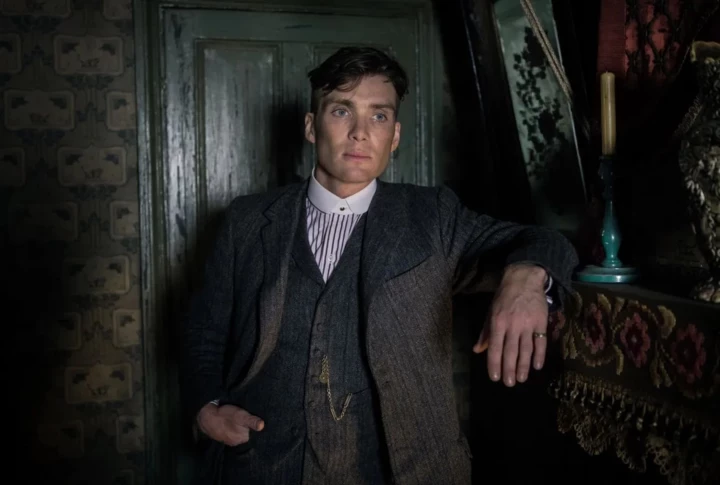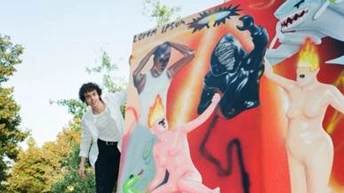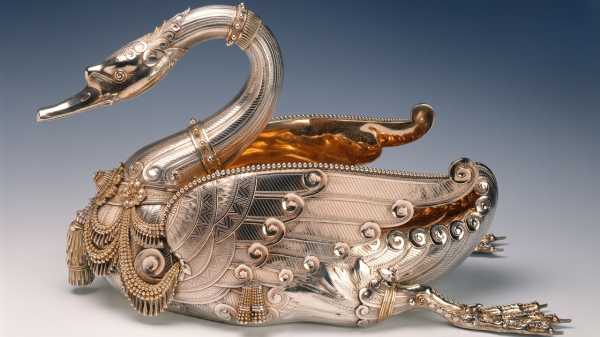
Save this storySave this storySave this storySave this story
Rachel Syme
Staff writer
You’re reading the Goings On newsletter, a guide to what we’re watching, listening to, and doing this week. Sign up to receive it in your in-box.
Some people are born with a silver spoon in their hands. Edward C. Moore, however, was born, in 1827, into a more literal inheritance: his father, John C. Moore, was one of the most prominent silversmiths of the early nineteenth century. By the eighteen-sixties, Edward, an expert silversmith himself, running the family business in lower Manhattan, had entered into an exclusive partnership with Tiffany & Co., where he oversaw the store’s silver program until his death, in 1891. During his time at Tiffany, Moore was a true maverick, bringing in new techniques and fresh talent to bulk up the reputation of American silversmithing; among the recruits was the French artisan Eugene Julius Soligny, a master of engraving, to create the ornate swan seen here. (John Loring, a former design director of Tiffany & Co., has described Soligny’s swan, which was displayed at the 1876 Centennial Exhibition, as “an indescribably offbeat and wonderful object.”)
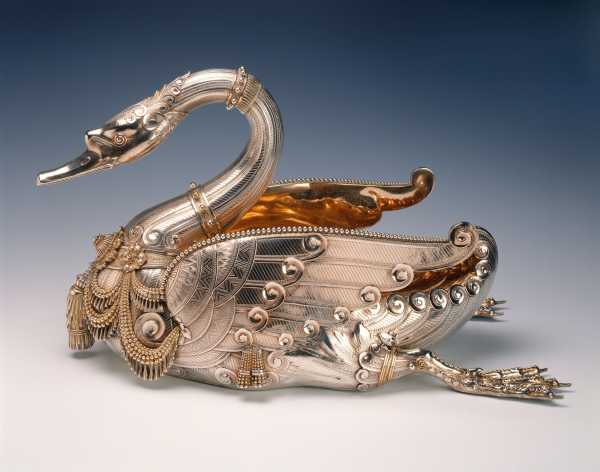
Photograph courtesy Rough Point collection / Newport Restoration Foundation
Moore was an avid collector of decorative items from around the world—he was particularly fascinated by Greek glass and Japanese metalwork—and he established the first “Tiffany school,” in his Prince Street workshop, where he encouraged young metalworkers to view his globe-trotting finds and mine them for ideas. Moore had a long-running relationship with the Metropolitan Museum of Art, and his family donated more than two thousand items from his travels to the Met, with the understanding that they would be permanently displayed. Until 1942, the holdings had their own dedicated gallery at the museum, but since then they have been scattered throughout the building. Now Moore’s objects are reunited, alongside works from the Tiffany’s archive, for “Collecting Inspiration: Edward C. Moore at Tiffany & Co.” (June 9-Oct. 20), a new exhibition that cements Moore’s legacy as an eccentric, adventurous collector with a dynamically roving eye for beauty.

About Town
Ballet
American Ballet Theatre’s summer season suggests a company in search of an identity. On one hand, it offers the traditional—“Swan Lake” (July 1-6). Then, there are the swooning period pieces “Romeo and Juliet” (July 9-13) and “Onegin” (June 18-22). The season’s other two works suggest very different approaches to contemporaneity: in “Like Water for Chocolate” (July 16-20), Christopher Wheeldon goes for cinematic sweep, whereas in “Woolf Works” (June 25-29) Wayne McGregor taps into the visual wizardry of projections and lighting to evoke the poetry and fluidity of Virginia Woolf. But the real attraction is the company’s striking roster, from the seasoned dramatic dancers Devon Teuscher and Daniel Camargo to the excitingly spontaneous Chloe Misseldine.—Marina Harss (Metropolitan Opera House; June 18-July 20.)
Off Broadway
The shifting setting of Alexis Scheer’s darkly comic drama “Breaking the Story” is, first, a foreign war zone, where the celebrated broadcast journalist Marina Reyes (Maggie Siff) is reporting amid explosions, until one knocks her and her cameraman (Louis Ozawa) to the ground. Then it’s suburban Massachusetts, where Reyes, now back from the front lines, would like to quietly retire. But as old war-reporting assignments intrude and present-day interactions replay, we come to realize that we’re actually in Marina’s mind, rocked by P.T.S.D.-like shocks. Scheer and the play’s director, Jo Bonney, cram so much into eighty minutes that not much sticks, despite harrowing light-and-sound effects and Siff’s performance, which stays grounded even as her character goes to pieces.—Dan Stahl (Second Stage; through June 23.)
Dance
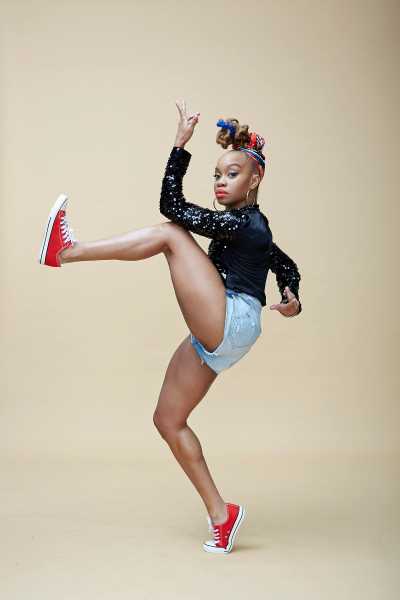
Photograph by Whitney Browne
Harlem Stage marks its fortieth anniversary with a season rich in dance by African American choreographers, of whom Camille A. Brown is a shining example. Brown’s choreography gets under your skin, through its deep groove, humor, and cultural rootedness; in recent years, she has choreographed for the Metropolitan Opera (“Fire Shut Up in My Bones”) and for Broadway (“Hell’s Kitchen”). In this evening devoted to Black joy, Brown presents her duet “TURF,” performed by Eric Parra and Maleek Washington, alongside pieces by younger dancers and choreographers she has worked with: Chloe Davis, Juel D. Lane, Mayte Natalio, Rickey Tripp.—M.H. (Harlem Stage; June 14-15.)
Folktronica
The experimental Argentinean artist Juana Molina rose to national prominence in the nineties as an eccentric actor in the one-woman sketch-comedy show “Juana y Sus Hermanas,” but when she quit television to become a musician, she alienated a core audience that had pigeonholed her as a comedian. Undeterred by pans of her début record, she moved to L.A., where she bore the torch for folktronica, making calm acoustic compositions that incorporated synths, loops, and other effects as if into a dreamscape. Her sophomore LP, “Segundo,” from 2000, remains a touchstone of the chill avant-garde music of the two-thousands. Molina has grown only more daring; her most recent album, “Halo” (2017), warps her faint vocals through configurations of muted folk tunes that conjure the future.—Sheldon Pearce (Public Records; June 18.)
Movies
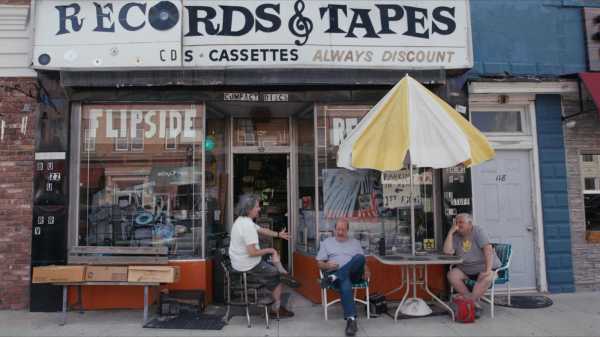
Photograph courtesy Oscilloscope Laboratories
When the filmmaker Chris Wilcha felt stuck in a rut directing TV commercials, he started shooting a documentary about a record store in suburban New Jersey where he’d worked as a teen-ager, in the nineteen-eighties. The resulting film, “Flipside,” is a breezy but prodigious memory piece, in which Wilcha examines his family background, traces his artistic obsessions, and recounts his adventures in the movie business. The heart of the movie is his exploration of footage from his ample archives and his unfinished documentaries—highlighting such figures as the jazz photographer Herman Leonard and the radio host Ira Glass. As for the record store, its story of art, commerce, and impractical passion introduces other remarkable personalities, including the store’s owner, Dan Dondiego, Jr., and the once famous and still outrageous Uncle Floyd.—Richard Brody (In theatrical release.)
Off Off Broadway
For most of Joey Merlo’s horror-camp anthology show, “Midnight Coleslaw’s Tales from Beyond the Closet!!!”—directed by Nick Browne—the mood is erotic, goofy, and deliberately lo-fi: in one short act, a sexually compelling armchair comes between a hetero couple; in another, a woman (Jan Leslie Harding) is infantilized (and almost re-closeted) by her father’s ghost. Charlene Incarnate, a.k.a. Miss Bushwig 2017, plays our vampiric hostess, Coleslaw, who insures wind-tossed glamour by hauling around her own electric fan. The final one-act, though, pivots. “Life unfolds, paradise after paradise,” a lonesome man (David Greenspan) says, as his gay friends vanish into marriage and conformity. He’s haunted not by death but by a way of being, and this actual sorrow turns all the pretend shivers into something real.—Helen Shaw (The Tank, through June 23.)

Pick Three
The staff writer Sarah Larson on natural-history marvels.
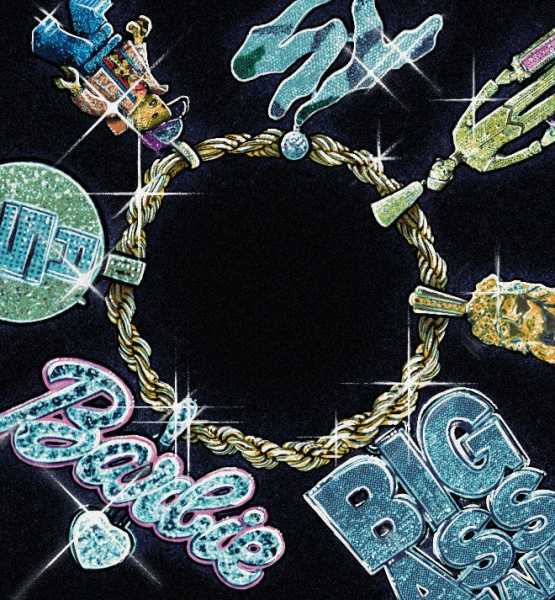
Illustration by Monet Alyssa
1. Like the universe, the visual and scientific wonders of the American Museum of Natural History continue to expand. The multitude of diamonds in “Ice Cold: An Exhibition of Hip-Hop Jewelry,” curated by Vikki Tobak, rival the facets on the gem-and-mineral halls’ nine-foot geode. A spin around a gallery featuring Jam Master Jay’s Adidas rope chain, Nicki Minaj’s “Barbie” necklace, A$AP Rocky’s diamond-sapphire-and-ruby Lego pendant, and Slick Rick’s platinum-and-diamond eye patch contextualizes jewelry, gems, and minerals in a refreshing new way.
2. The museum reimagined its Northwest Coast Hall, reopened in 2022, in collaboration with ten Native scholars; the results braid past and present together, to thrilling effect. Its recently opened exhibit “Grounded by Our Roots” features works by contemporary Indigenous artists alongside traditional crest poles, canoes, and regalia on permanent display. Rebecca Baker-Grenier’s “Held by Generations,” a dresslike vest and skirt featuring dentalium, beadwork, ermine, leather, and rhinestones, looks like it belongs on a runway.
3. The museum’s newest construction, the mighty Gilder Center, is centered on a curvy, sunlit multistory atrium that evokes a glowing cavern, an earthworks cathedral, and the inside of a honeycomb; when I get there, I don’t want to leave. Its design, by Jeanne Gang and her firm, helps guide visitors to once isolated spaces—small mammals this way, meteorites that way—and, with a giant staircase of benches leading skyward, it’s also just a delightful place to hang out, perfect for kicking back and pondering the natural world.
P.S. Good stuff on the Internet:
- July Talk covering “Laid”
- Fruit pizza
- Gmail is the new LiveJournal
Sourse: newyorker.com


